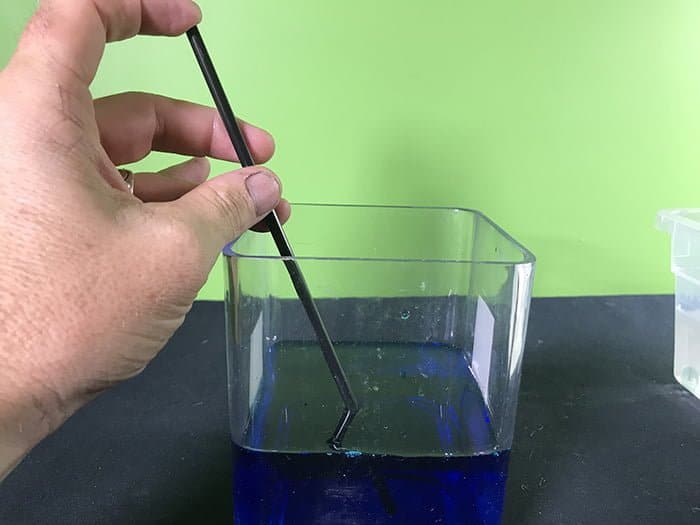
If you’re using the straw, place the straw into the water and then put your finger on the top of the straw. As long as you keep your finger over the straw the air pressure will keep the water in. This experiment is much easier though if you use a pipette or an eyedropper.

School science visits since 2004!
– Curriculum-linked & award-winning incursions.
– Over 40 primary & high school programs to choose from.
– Designed by experienced educators.
– Over 2 million students reached.
– Face to face incursions & online programs available.
– Early learning centre visits too!
Why Does This Happen?
Water molecules really want to hang out with each other! Why? Water molecules have hydrogen and oxygen within them. When the hydrogen from one water molecule is near an oxygen atom of another molecule you get hydrogen bonding between the two molecules. If you scale this up to a droplet of water there are billions of water molecules, each wanting to be attracted to each other due to hydrogen bonding. It’s due to the hydrogen bonding between water molecules that we see that water droplets want to stick together (we call this cohesion).
Variables to try
- Want happens if you add sugar or salt to the water? What if there is cordial in it?
- Can you alter the temperature of the water?
- What if you use milk or orange juice or honey?
- Try varying the string type you used. Is nylon string better or worse? What about rope?
No matter which variable you try, just change one thing and keep the rest of the experiment the same to see if there is an effect. This is all part of the scientific method!
- Check out the working with water school science visit
Working with Water
Years K to 2
Maximum 30 students
School workshop (NSW & VIC)
60 or 90 minutes
Online Class Available
STEM Full Day Accelerator - Primary
Designed from real classroom experiences, this modular day helps you create consistently effective science learning that directly address the new curriculum with easily accessible and cost-effective materials.
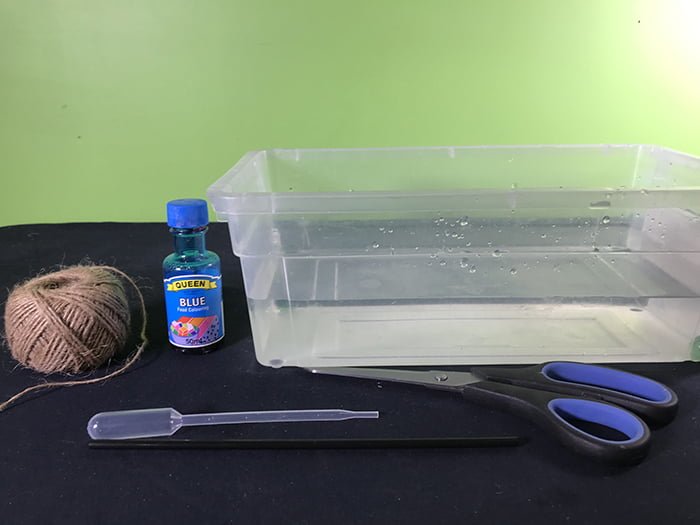

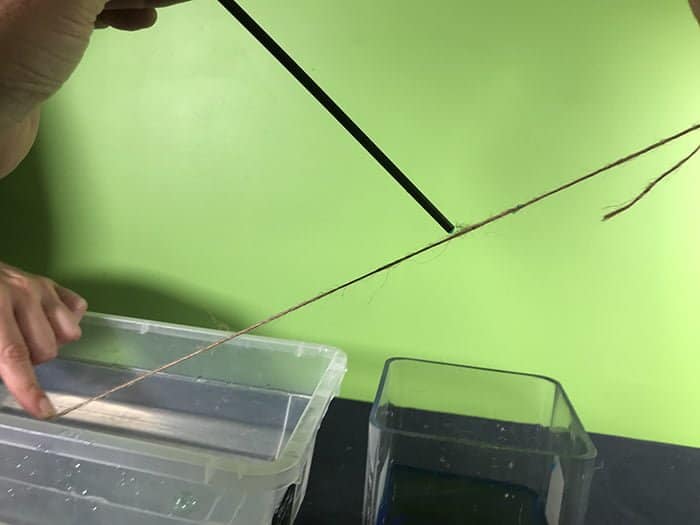
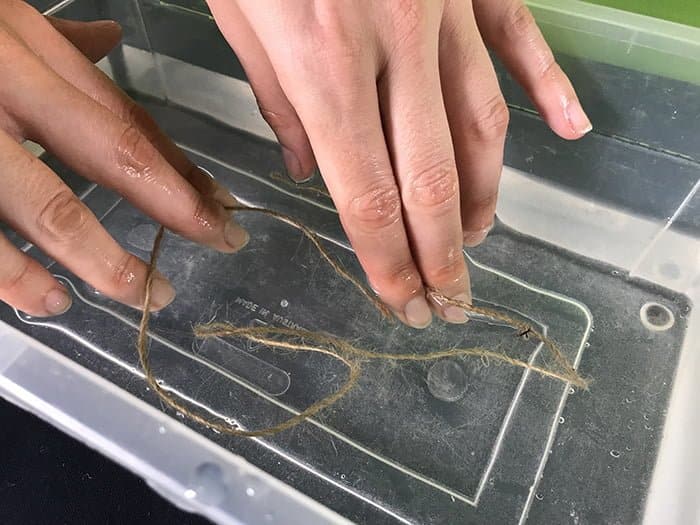

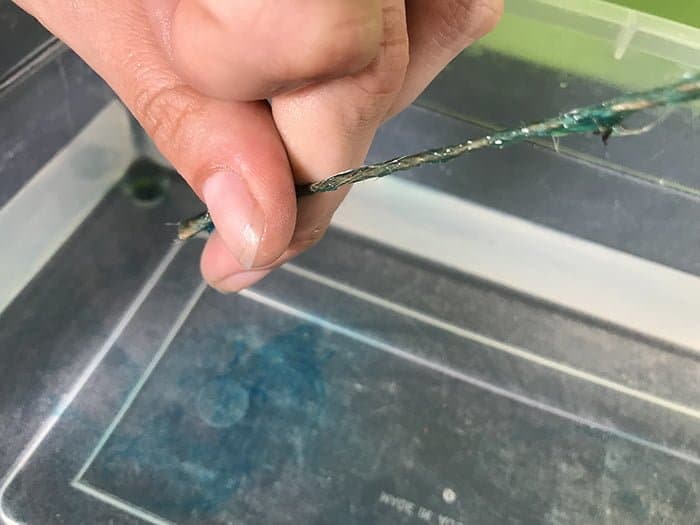
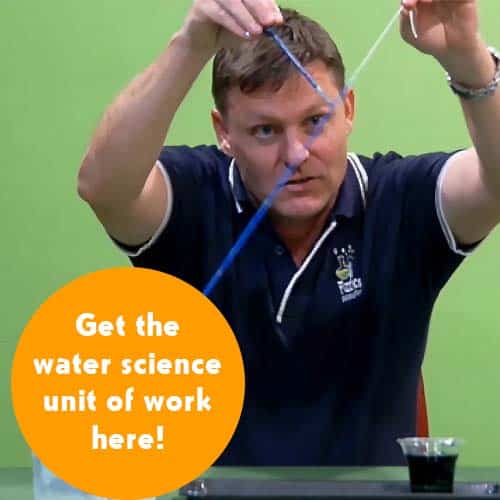


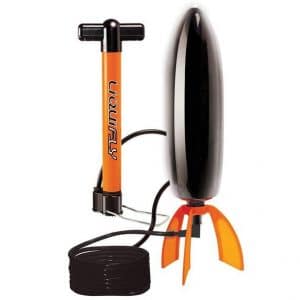
























Comments